Have you ever seen a 3Rensho cyclocross bike? I had not, until I came across the bike pictured above, on auction at Yahoo JP auctions. I thought about throwing in a bid on it, but rather narrow-mindedly decided that a 3Rensho that doesn’t have the logo engraved into a seat stay cap or fork crown wasn’t a 3Rensho worth buying. Man, was I wrong! I regret it now, as I’ve come to learn that engraved logos do not a 3Rensho make.
I’ve been diving into the history of Cyclone LTD (the Yoshi Konno’s brand that later became 3Rensho) as I’ve been researching the provenance of the custom 3Rensho Super Record I recently restored. In the course of that research, I’ve dug up a few interesting rarities to share. Read on to learn more!
Usually when one thinks of a rare 3Rensho, it’s one of their crazy track and lo-pro pursuit bike experimentations. There’s already some great articles out there covering these bikes, and I want to focus on the other end of the spectrum: cyclocross, touring, and randonneur bikes.
Back to cyclocross bike: it was made of Ishiwata 017 tubing, and the components on this bike are a mix of Italian, French, and Japanese. Campagnolo Super Record (front and rear derailleurs), Shimano Dura Ace cranks, and Suntour ratcheting downtube shifters. The MAFAC cantilever brakes and Super Champion tubular rims are French, with Shimano hubs and Sakae handlebars, stem, and seat post. I assume it was designed for cyclocross, as there are no braze-ons to mount fenders or racks, and it has road bike geometry. The wheel set also looks to be for road use only. Perhaps it was always intended as a road bike, but the owner preferred canti brakes to side-pull calipers? It sold for around $1200.
Next up, check out this rad 3Rensho randonneur:
This one is undoubtedly a custom Super Record (aka the SR-II), confirmed by the helpful addition of the 3Rensho Cyclone catalog (which you can see here). It’s hard to pick out all the components in the photo, but the coolest ones are the gold-anodized MAFAC 2000 brakes that are direct-mounted to the frame and fork. Some of the other details of the bike are more in line with the standard-type Cyclone: clamp-on brake cable guides, a painted fork, and non-fastback seat binder. This was the only photo I could find, and apparently was for sale at a second-hand shop in Japan. I tracked it down the specific store, but they don’t do any online commerce or shipping.
I raided Koichi Yamaguchi’s Flickr page for this next one: his personal 3Rensho touring bike!
My Cyclone (3Rensho) 650B Touring. 1979. Sanko-Sha (later Suntour) Rear Derailleur. Atom 4 speed Free wheel. (Yes! 4 speed not 5 or 6 speed). Campagnolo Gransport FD. Drive train are 2×4 total of 8 speed.
Yamaguchi Flickr
This frame was built 1978. Originally intended my touring bike. But later I change flat bar to ride more like commuter bike use. I ride this bike to downtown Tokyo everywhere. (Faster then subway or car). I’d seen some today’s fixie bike has same style wide flat bar on their bikes. ( I did that 35 years ago 😛 )
This picture are taken 1981. (sadly this bike was lost in moving process. still in Japan somewhere)
Look carefully at the drive-side chain stay of his touring bike, and you’ll see a very cool detail that’s generally limited to vintage French touring bikes from decades earlier: a chain stay mounted derailleur. Mr. Yamaguchi notes that this was a Sanko. Generally unseen outside of Japan, Sanko Sha was founded after WW2 and produced their first derailleur in 1947. I believe the type used on Mr. Yamaguchi’s bike would have been this one, which was a twin-wire type in the style of the “Le Cyclo” French derailleur popular with touring cyclists from the 1930s-1960s. Sanko derailleurs are highly coveted among Japanese collectors, despite being largely unknown to the rest of the world. The mount appears to still be in place in second photo from 1981, so I’m not sure how he retrofitted a Suntour derailleur to it later. It’s sad that the bike was lost, but fascinating to think it may still exist somewhere in Japan. I wonder if it has a new owner, and if they know this bike’s unique history?
Mr. Yamaguchi was one of the two master builders for 3Rensho, the other being Masahiko Makino. Mr. Konno did some building, but spent most of his time designing the bikes and ensuring tight quality control in the workshop. I read that if there was any extra brazing material showing around a lug, Konno would saw the offending frame apart and hang it above the workshop as a stark reminder that quality was paramount.
Finally, because a 3Rensho “rarities” article wouldn’t be complete without a track bicycle, check this out:
I don’t have much info on this one, but according to Mr. Yamaguchi’s Flickr, he had this to say:
Attention to long fork (this bike use 700×700 wheels). Idea is long fork makes air go through between blades not blocking air flow. 2nd, this makes head tube shorter. We try to design small front triangle to save weight and gain rigidity. This frame tubing is Ishiwata 015. Very thin wall ultra light-weight tubing. (light weight, but bit flex much)
I hope you enjoyed this throwback to the early days of 3Rensho. In the future, I plan to write more about this lesser-known (at least in the USA) period in the meteoric rise of this iconic Japanese brand. Leave a comment below if you have any info to share or questions to ask.

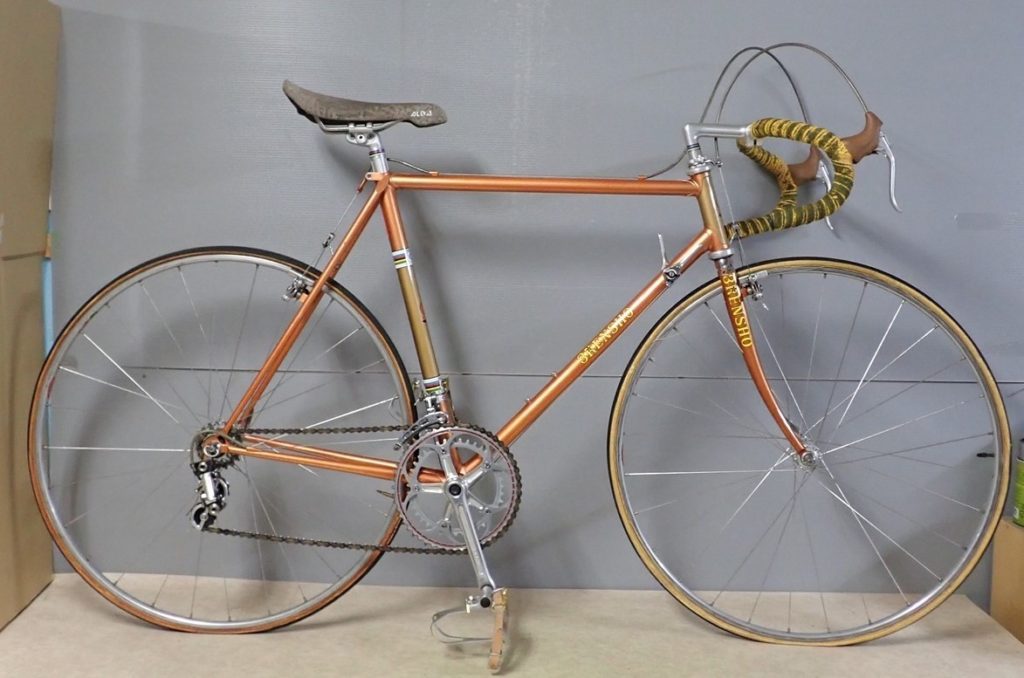
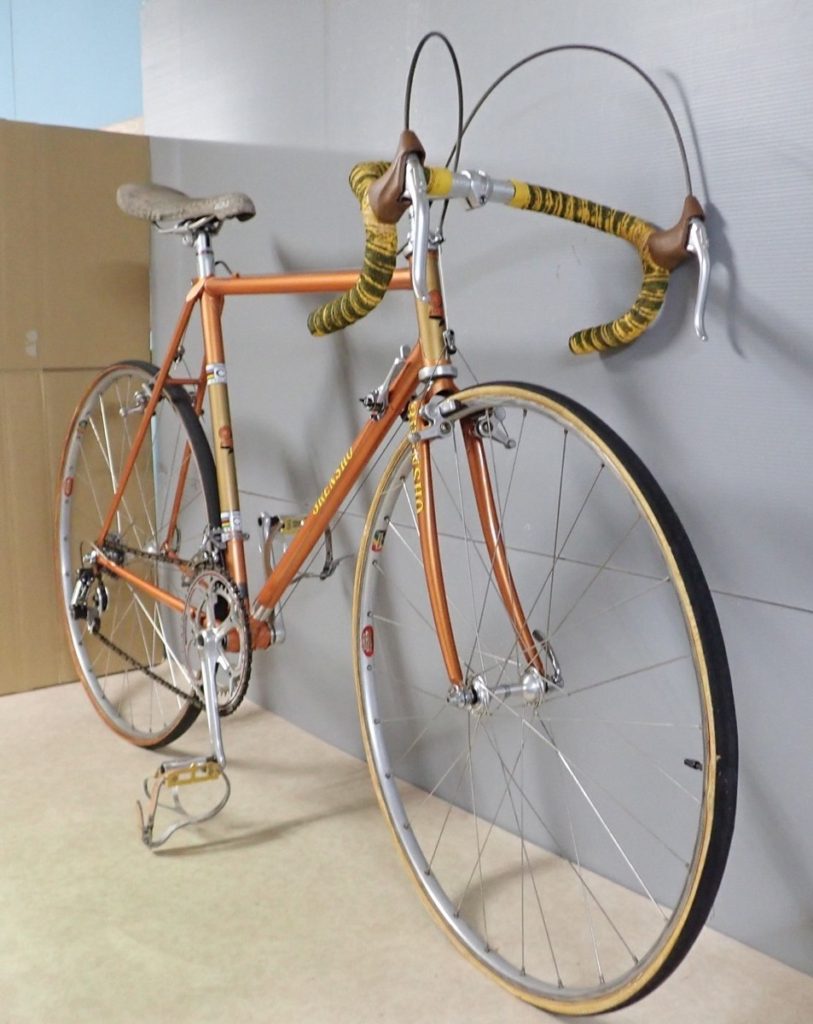

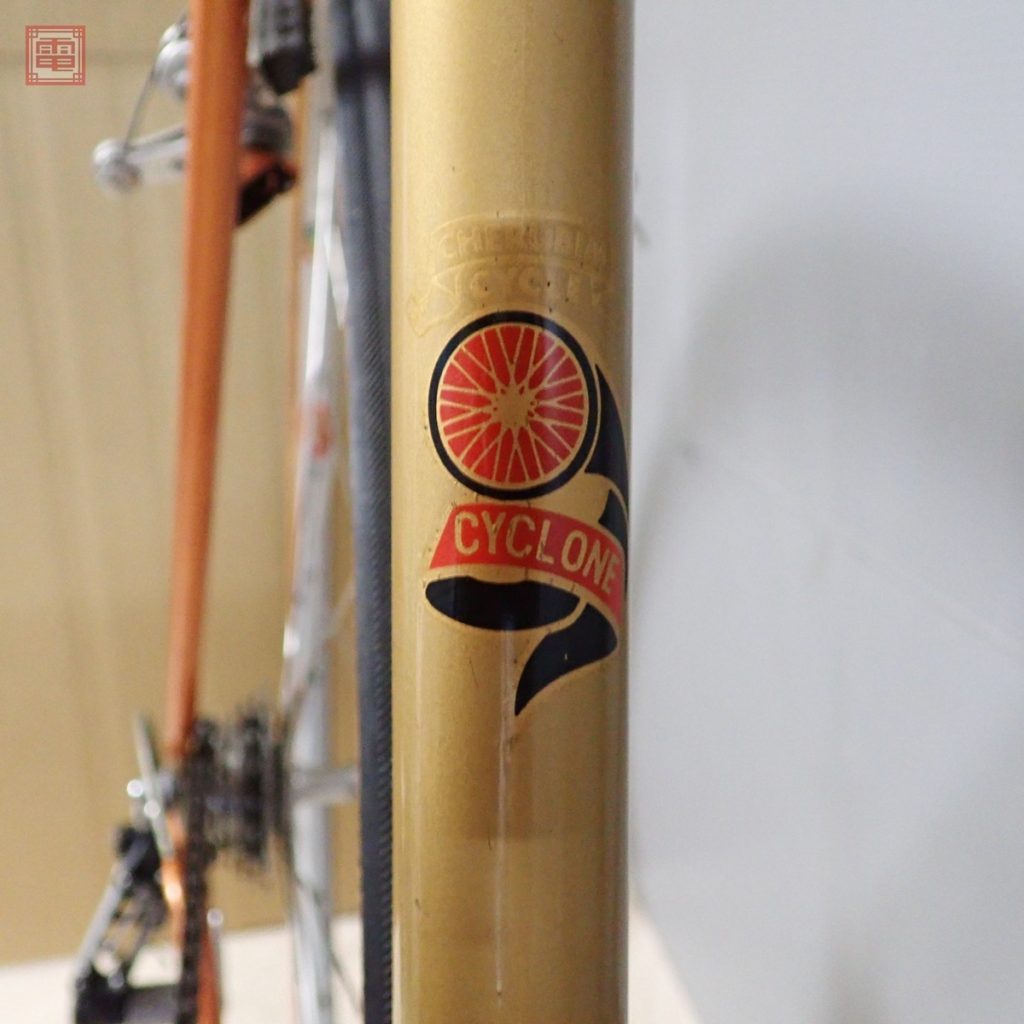
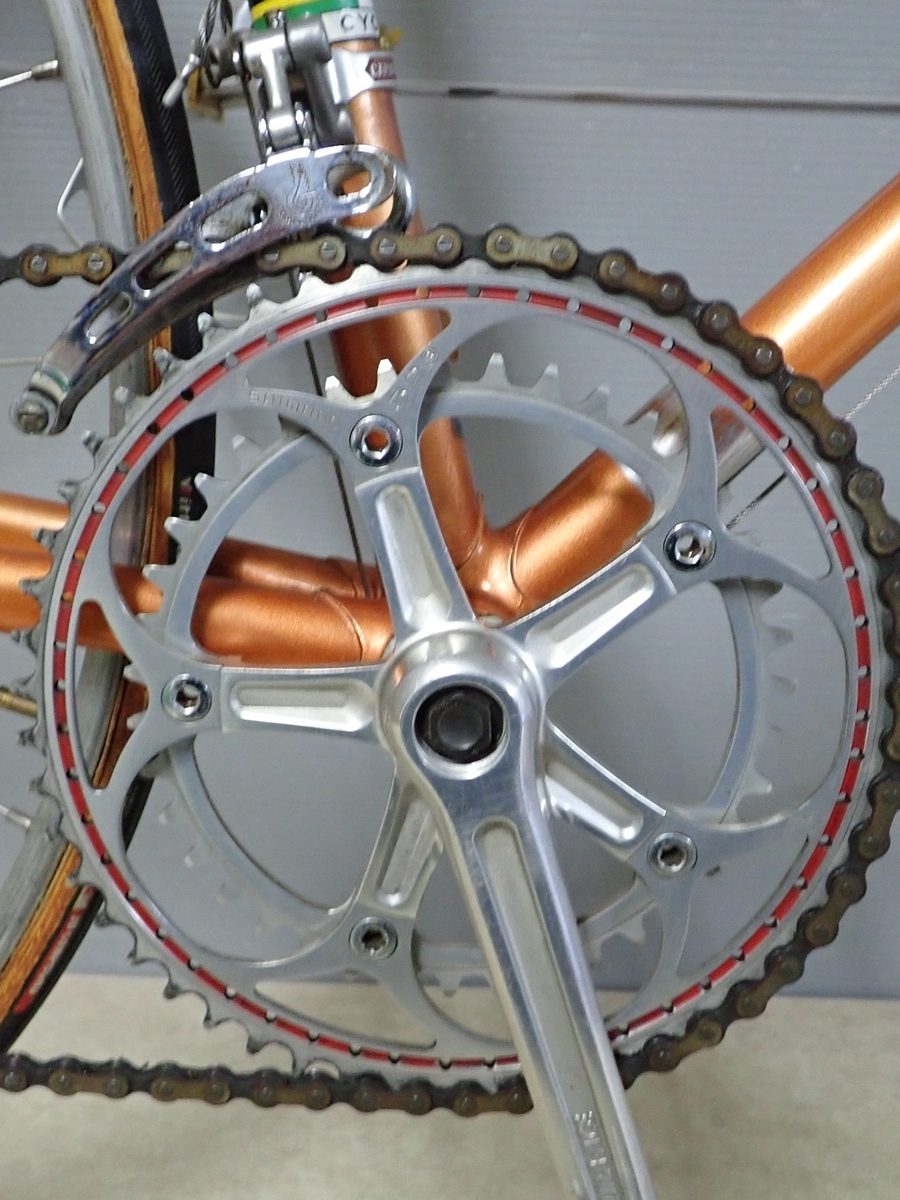
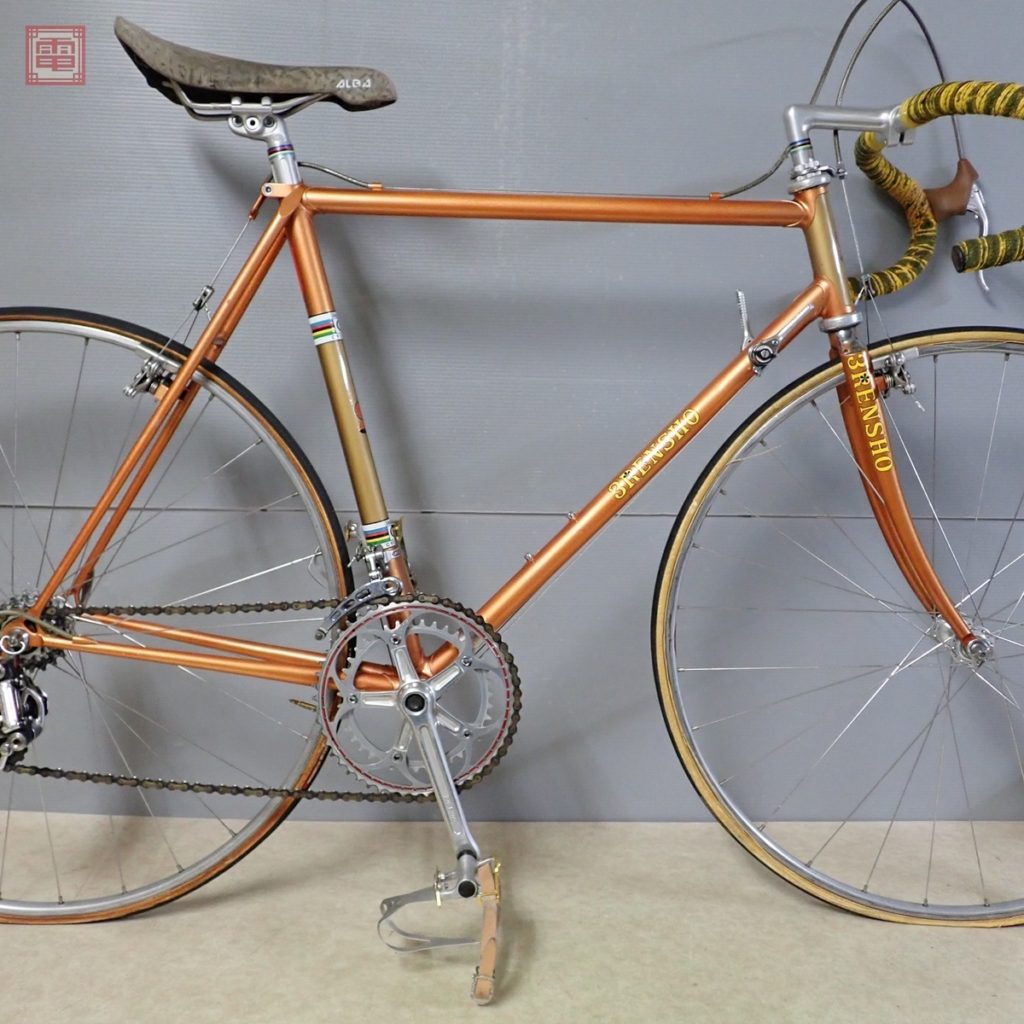
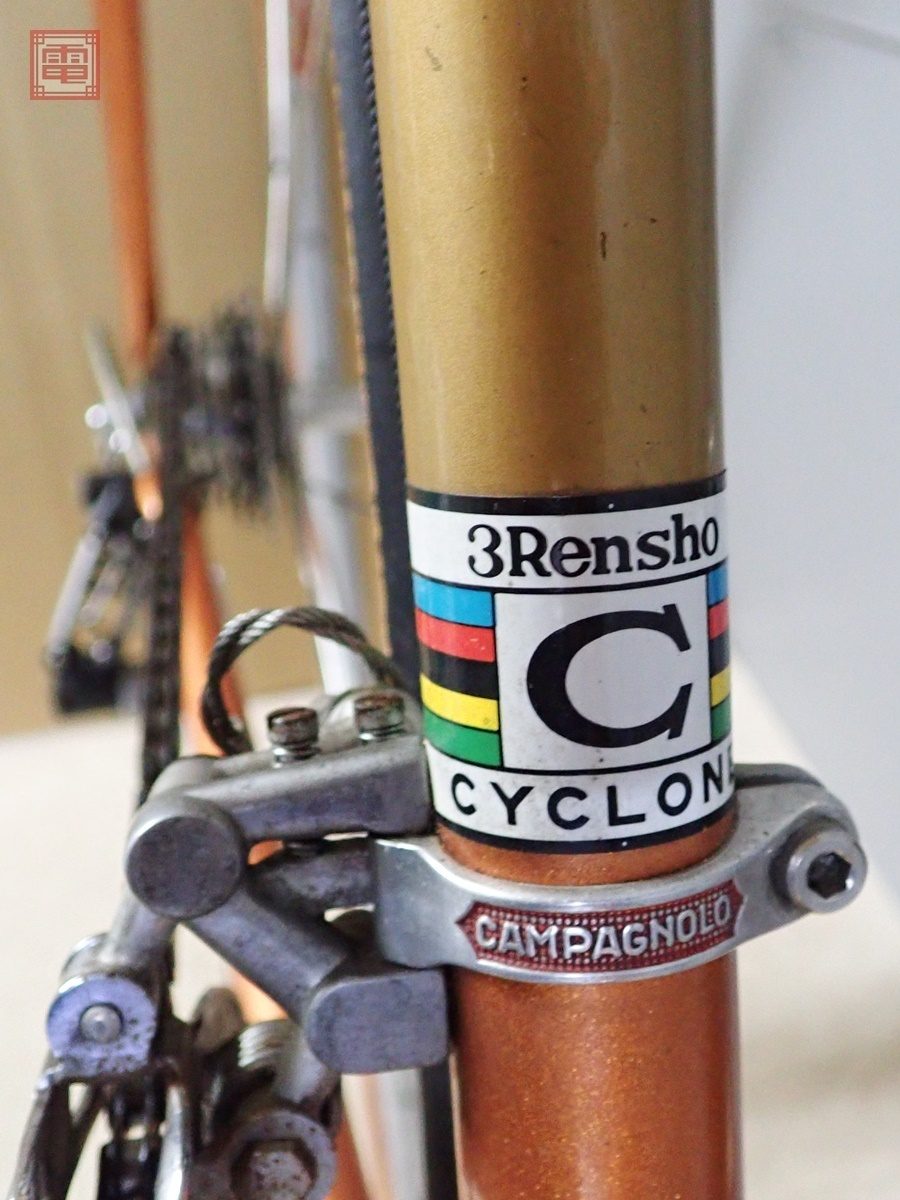
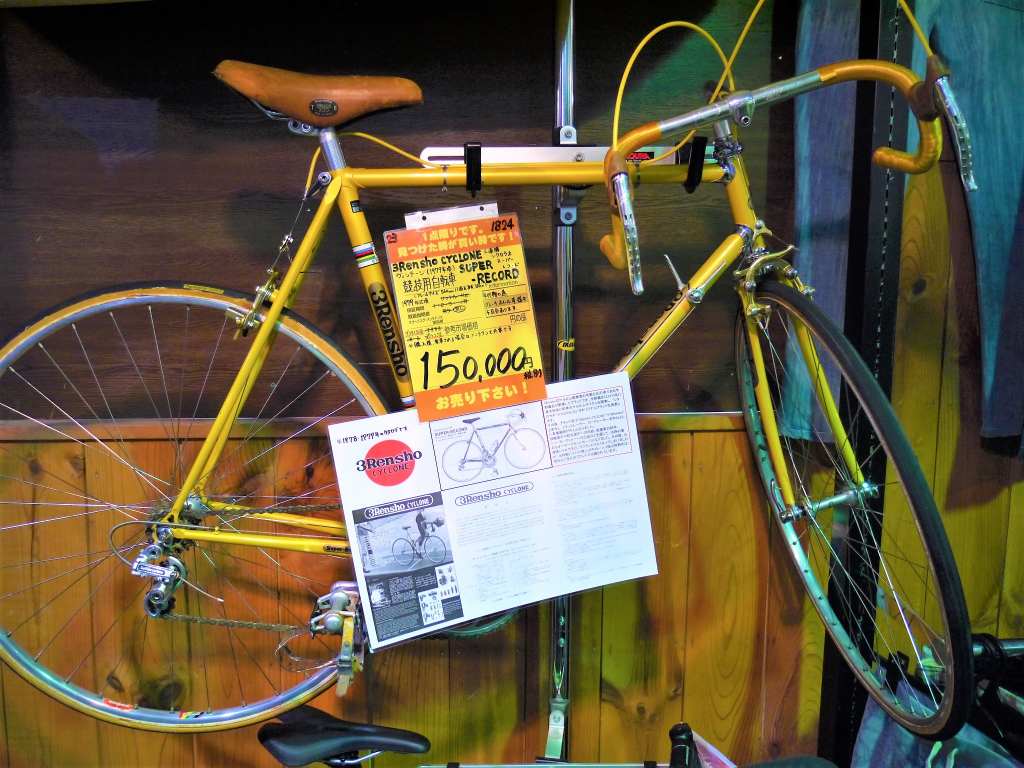

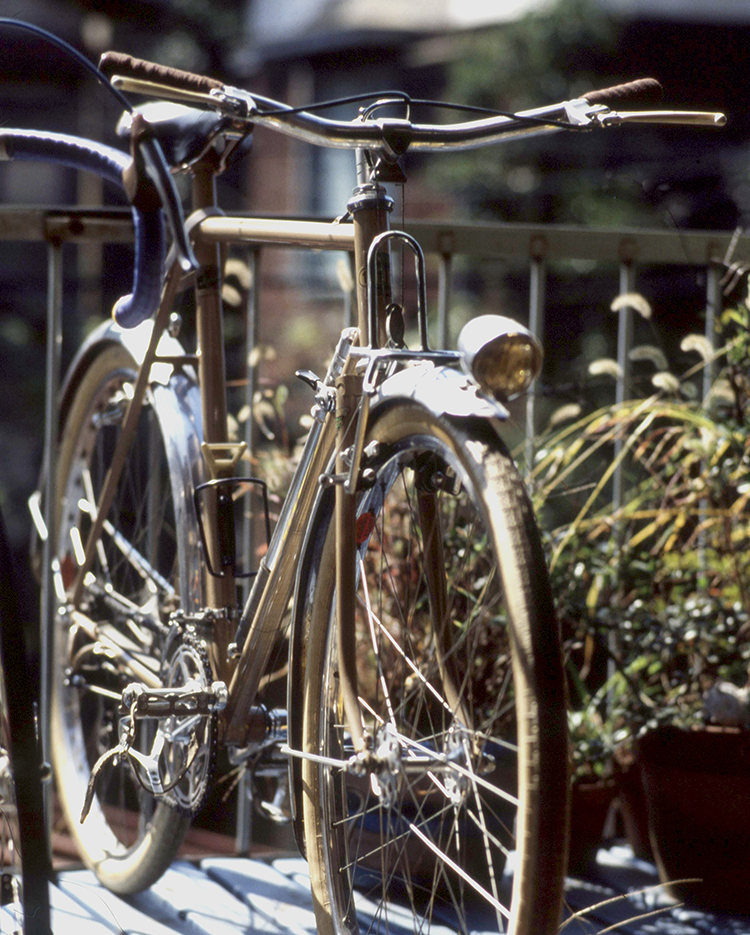
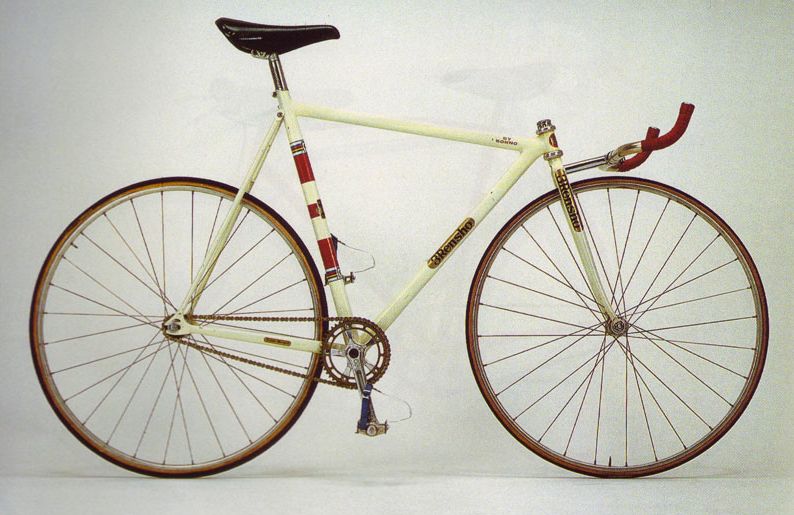
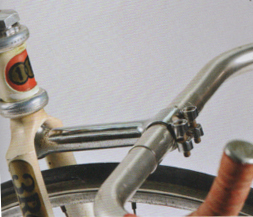
If you search in the Vintage Japanese Road Bikes Facebook group under Rensho you will find a very rare bike I call a dirt road. You also may be interested in in a 1964 Katakura Silk road bike I posted. There is a whole story about a US serviceman befriending a Keirin rider … Also, the frame is very close to those used by the Japanese team for the Olympics road race. Except the team bikes were all Campagnolo etc.